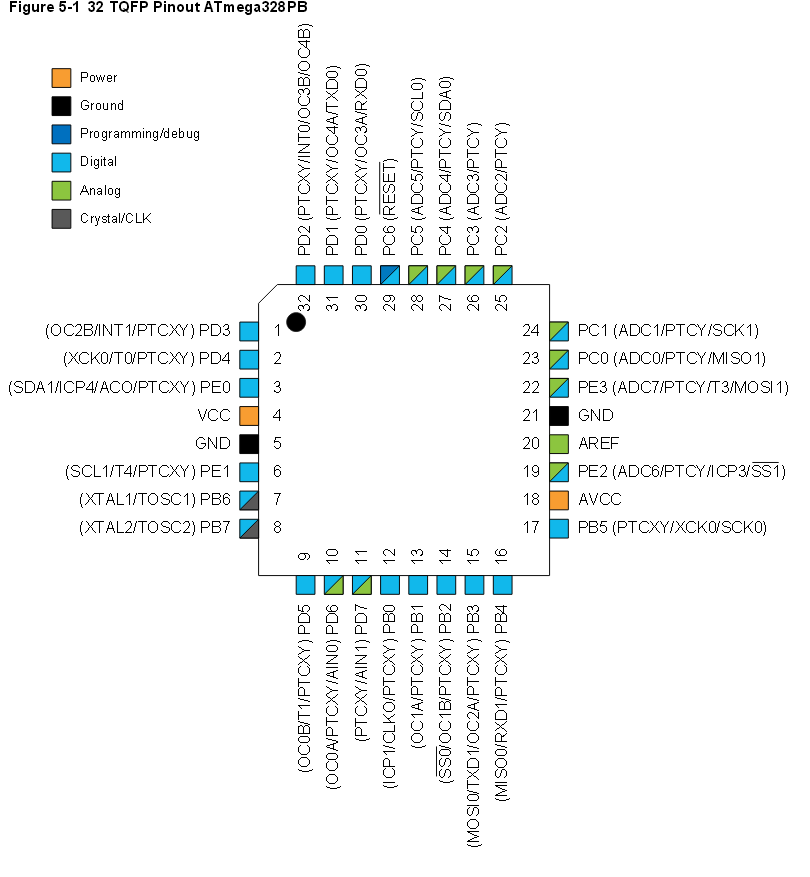Some of my favorite small micro-controller platforms (as you might have seen if you have been reading this blog) are Arduino and ESP8266. It seems that there is going ot be some upgrades to those platforms this year.
ESP32
ESP8266 chip is used to build WiFi modules for serial-to-WiFi conversion and Internet of Things applications. ESP8266 turned to be IoT maker’s favorite component for a good reason: Espressif turned the IoT game on its head by releasing a chip with WiFi and a decent embedded processor for under $1 in bulk, and costing not much more than that in a module. A little more than a year ago, the ESP8266 WiFi module showed up uneventfully in Seeed Studio’s store. During the year 2015 the ESP8266 turned to be success because it was “good enough” (it has it’s limitations) and price was cheaper than practically anything else in the market. Now it is widely available in various module formats (NodeMcu dev kit being my favorite for quick hacks) and supported by lots many programming tools.
Now Espressif looking to repeat the success of the ESP8266 with the ESP32, , that should be coming out in 2016. Espressif has been working on the next generation of powerful WiFi-enabled tiny, cheap systems for some time. They have their silicon ready and there are beta test kits already. The ESP32 Beta Units Arrive article tells that are two Tensilica L108 processors running at up to 160MHz, a lot of peripherals including ADCs, DACs, I2C, SPI, I2S, and PWM, more RAM, AES and SSL for security, and Bluetooth Low Energy. WiFi has also been upgraded. It’s already shortlisted as the best new chip of 2016, but other than that, there’s not much more information.
While the features are great, Espressif has said the ESP32 is not a replacement for the ESP8266. They’re different markets, and if you just wanted to add WiFi to a project, there’s no reason not to choose the ESP8266.
ATmega328PB
Most Arduino boards, like for example well known Arduino UNO are based on ATmega328 micro-controller from Atmel (there are nowadays also many Arduinos that use different CPUs). It seem that with ATmega328 you never have enough peripherals for everything you might want to do. Whether it’s hardware-driven PWM channels, ADCs, or serial communication peripherals, we always end up wanting just one more of these but don’t really need so many of those. Bye-bye ATmega328P, Hello 328PB! posting at Hackaday tells that Atmel’s new version of the popular ATmega328 series, the ATmega328PB, seems to have heard our pleas. ATmega328PB combines 32kB ISP Flash memory with read-while-write capabilities, 1kB EEPROM, 2kB SRAM, 27 general purpose I/O lines, 32 general purpose working registers, five flexible timer/counters with compare modes, internal and external interrupts, two USARTs with wake-up on start of transmission, two byte-oriented 2-wire serial interfaces, two SPI serial ports, 8-channel 10-bit A/D converter, programmable watchdog timer with internal oscillator, a unique serial number and six software selectable power saving modes. The device operates between 1.8-5.5 volts. The ATmega328PB supports capacitive sensors: 24 buttons in self-capacitance mode, or up to 144 buttons in mutual-capacitance mode. This ATmega328PB does not native USB thing in it, so if you need USB support, look at the ATmega32U4 as used in Arduino Leonardo board.
So what does this mean for you? It seems that chips are shipping right now, and there’s an inexpensive dev kit available as well. If you write your own code in C,you should be pretty ready to use new feature. With Arduino you might need to wait until new chips find their way to Arduino boards (there does not seem to be DIP version you could plug to Arduino UNO socket) and support for it on Arduino IDE is added (unless you can hack it to it yourself).
Here is ATmega328PB chip pin-out from summary:


653 Comments
Tomi Engdahl says:
OTA Solution – Build your own OTA platform (1/2, Preparing Python Flask API Server)
https://www.youtube.com/watch?v=_uTZad8RMZk
OTA Solution – Build your own OTA platform (2/2, ESP32 OTA Application)
https://www.youtube.com/watch?v=oNFqwvYYWe4
Tomi Engdahl says:
https://www.cnx-software.com/2025/06/02/esp32-p4-smart-86-box-features-4-inch-square-touch-display-for-smart-home-and-iiot-applications/
Tomi Engdahl says:
https://randomnerdtutorials.com/programming-esp32-esp-idf-vs-code/